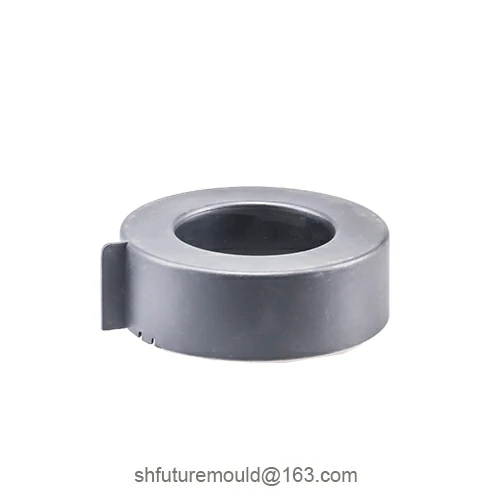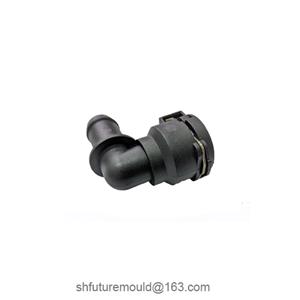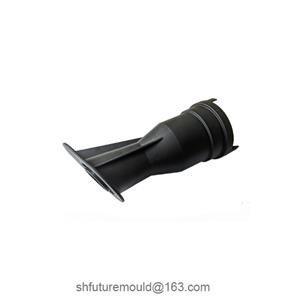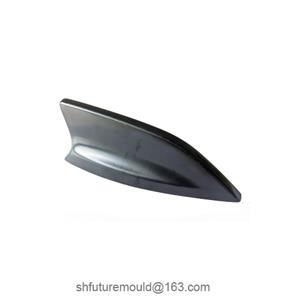Mastering Precision: Crafting Your First Injection Mold for High-Volume Production
Injection molding is a cornerstone of modern manufacturing, churning high-quality plastic parts with precise details. But the magic lies in the mold itself. This guide delves into the world of precision injection molds, equipping you with the knowledge to build your first one, optimized for mass production.
Why Precision Injection Molds?
Dimensional Accuracy: Unlike standard molds, precision injection molds prioritize tight tolerances, ensuring parts emerge nearly identical in size and shape.
High-Volume Production: Precision injection molds are built to withstand repeated cycles of high temperatures and pressure, ideal for mass production of plastic components.
Complexities Welcome: These molds can handle intricate designs, perfect for creating parts with fine features and tight corners.
Understanding the Process:
Material Matters: Steel reigns supreme for precision injection molds. Its exceptional strength allows it to endure the intense heat and pressure of the injection process.
Mold Design: CAD software is your best friend. Design a 3D model of your part, incorporating factors like:
Draft Angles: Allow slight tapering on cavity walls to ease part ejection.
Cooling Channels: Strategically placed channels ensure even cooling of the molten plastic for faster cycle times.
Gate System: Design the entry point for molten plastic (the gate) to minimize waste and optimize part quality.
Manufacturing Expertise: Building a precision injection mold involves complex processes like CNC machining, heat treatment, and polishing. Partnering with a reputable mold maker is crucial for achieving the desired level of precision and functionality.
The Essential Steps (Partnering with a Mold Maker):
Collaborative Design: Work closely with the mold maker to finalize the 3D model, incorporating their expertise in optimal design for injection molding.
Material Selection: Based on your part's requirements and budget, the mold maker will recommend the most suitable steel grade for your mold.
Mold Manufacturing: The mold maker utilizes CNC machining, electrical discharge machining (EDM), and other techniques to create the mold core and cavity with exceptional precision.
Finishing and Polishing: Meticulous handwork ensures the mold surfaces are flawless, leading to high-quality part finishes.
Mold Testing and Refinement: The mold maker will conduct rigorous testing to ensure it meets your dimensional specifications and production needs. Adjustments might be made for optimal performance.
Optimizing Your Injection Mold:
Surface Finish: A smooth mold surface translates to superior part finishes. Discuss polishing options with the mold maker to achieve the desired level of detail.
Cooling System Design: An efficient cooling system significantly reduces cycle times, boosting production output. Collaborate with the mold maker to optimize channel placement and size.
Automation Integration: Consider incorporating automation features like sprue pickers and part removal systems to streamline the production process.
Building a precision injection mold requires meticulous planning and collaboration with a skilled mold maker. By understanding the key aspects and considering these optimization tips, you'll be well on your way to achieving high-volume production of top-quality plastic parts. Remember, for the most successful outcome, partnering with an experienced professional is vital for navigating the complexities of precision injection mold creation.




